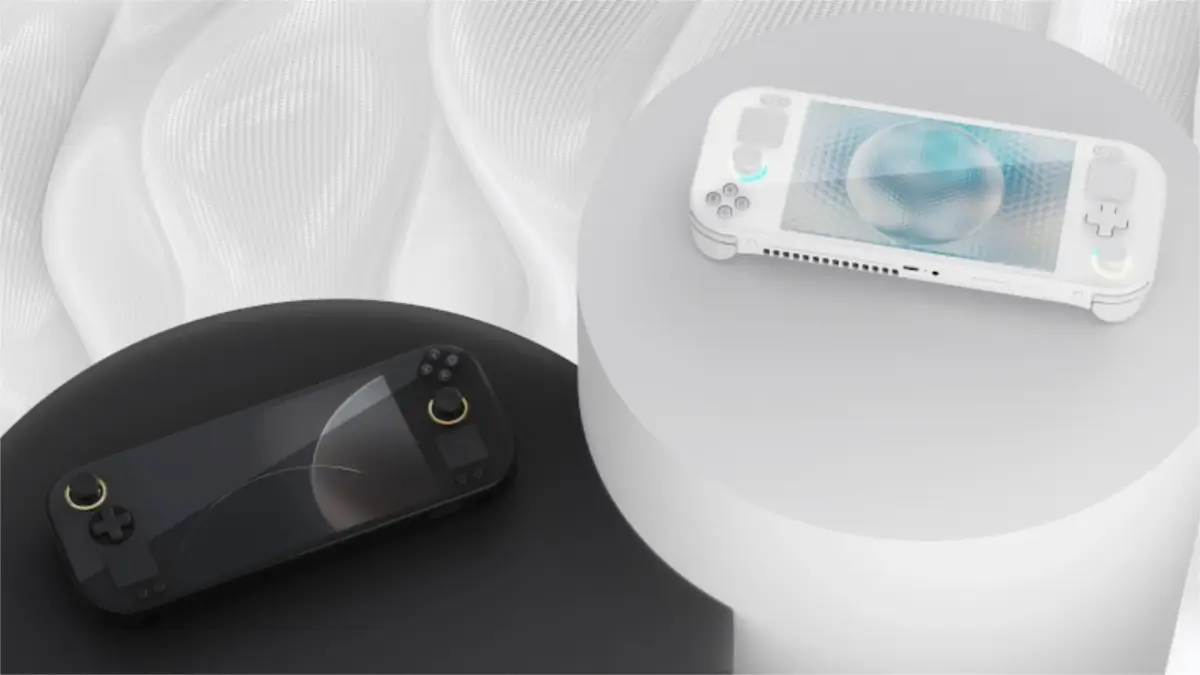If the MSI Claw’s underwhelming performance leaves you disappointed but you’re hunting for a new handheld, your search ends here. The Orange Pi Neo, teased earlier this year, makes its official debut with an impressive starting price.
The Orange Pi Neo sports a 7-inch 1080p display, complete with a 120Hz refresh rate. It also comes with much of what you would expect, such as Hall Sensing Joysticks and Hall Triggers, multiple USB-C ports, and a microSD card slot.
The Pi Neo is intriguing because the handheld is available with either the AMD Ryzen 7 7840U or the 8840U. You can configure it with up to 32GB of RAM and 2TB of storage. All of this for an impressive starting price of $499. This gets you the 7840U, 16GB of RAM, and 512GB of storage. But, if you want the more recent Ryzen chipset, it sets you back just $599.
Orange Pi Neo Specs
- Display: 7-inch, 1920 x 1080, 120Hz refresh rate
- Processor: AMD Ryzen 7 7840U / 8840U
- RAM: 16GB/32GB LPDDR5
- Storage: 512GB/1TB/2TB NVMe M.2 (2280)
- Ports: 2x USB 4.0 Type-C, 3.5mm Headphone Jack, microSD Card Slot
- Connectivity: WiFi 6E, Bluetooth 5.3
- Battery: 50WHrs, 65W Power Adapter
- Software: Manjaro Gaming Edition (Linux)
- Joystick: Hall Sensing Joystick with RGB Lighting
- Trigger: Linear Hall Trigger
- Cooling: Turbo Large Fan, Dual Copper Pipes + Aluminium Alloy Cooling Fans, extra large air vents + customized cooling system and air ducts with a subtle design
- Dimensions: 259x107x19.9mm
Companies such as GPD and OneXPlayer only recently started to release handhelds using the 8840U. It does seemingly offer modest gains over the 7840U. According to Cary Golomb, the 8840U improves performance at a 10W TDP compared to the competition. That includes the Steam Deck OLED, which is widely known as being the best x86 handheld for low-power performance.
Orange Pi Neo Stand-Out Features
There is one more thing that helps the Orange Pi Neo stand out from the crowd, and that’s the software. Instead of running Windows like the MSI Claw or Lenovo Legion Go, the Neo is running a custom version of Manjaro Linux. Considering that the Steam Deck is the only other mainstream handheld running a version of Linux, the Orange Pi Neo is a welcome addition to the market.
Lastly, the Neo shares one Steam Deck feature not found on other x86 handhelds. It offers dual trackpads, which come in extremely handy for navigating. Using something like the ROG Ally is great until it comes to interacting with the OS as the touch targets are just too small. Even the Legion Go’s single trackpad makes for a much better experience and is something I wish more handhelds would adopt.
The only real downside to the Orange Pi Neo, at least for the time being, is that it’s not yet available. The official Manjaro Linux Twitter account states the new handheld launched in Shenzen, but there’s no word about when it’s coming to more markets. Instead, we’ll be diligently searching for updates until we have more information.
What did you think of this article? Let us know in the comments below, and chat with us in our Discord!
This page may contain affiliate links, by purchasing something through a link, Retro Handhelds may earn a small commission on the sale at no additional cost to you.





Definitely want to see this thing in action. Still not completely sold on these portable PC handhelds.
Couldn’t agree more. While my Steam Deck is a lot of fun and easier to haul around than my laptop…. it will never replace it.
Performance just isn’t there for any of these in my opinion.
Am a good and longtime gamer. Handheld has been my pivotal gaming attachment and dreams. Seeing alot of companies diverting into handhelds gives me that vision and happiness that handheld are just the futuristic ideal gaming platform. I can’t afford one, but would be glad to get one. As I would proclaim it’s relevance in modern time frame
I got the steam deck on release. I didnt think I’d use it all that much, mostly like a downsized gaming laptop for travel, hotels, etc.. it has become a gaming platform I can setup anywhere (docking station, bt controllers), and made me a believer that Linux can be a viable replacement for Windows in gaming. Tailored setups are important for new users to Linux, and then experienced users can just modify away. I’m thrilled to see that more options for Linux gaming are becoming more widespread and available.
It’s a better experience and has more compatibility with Windows installed. Just anl friendly fyi.